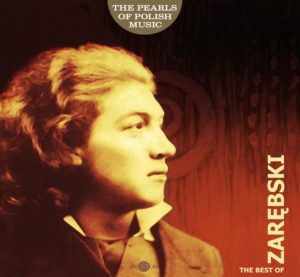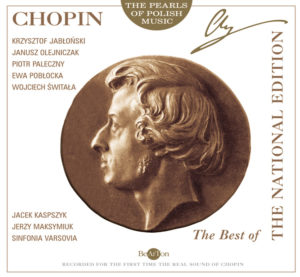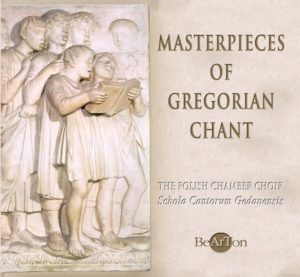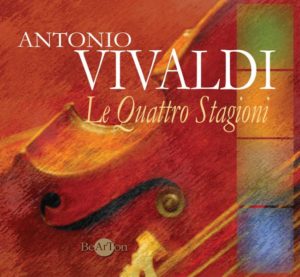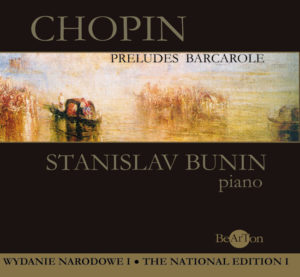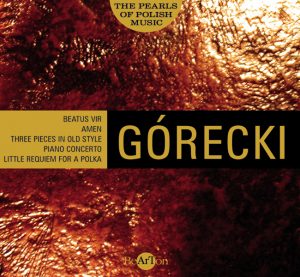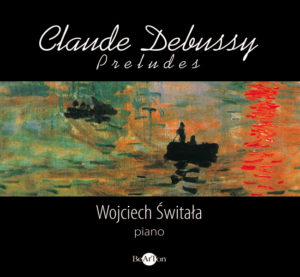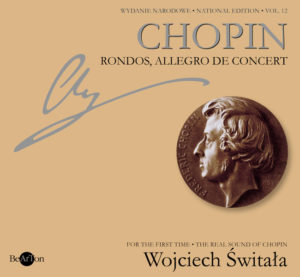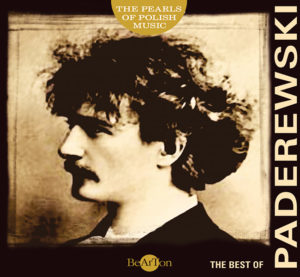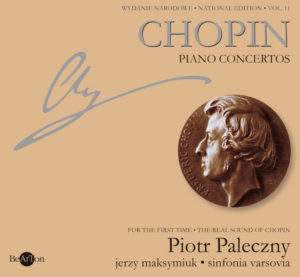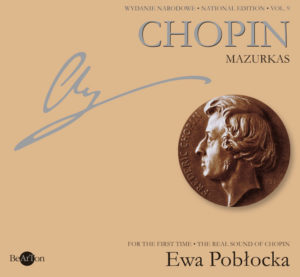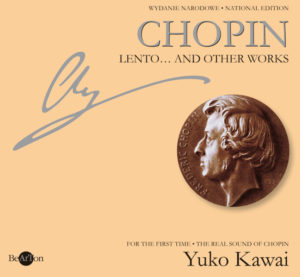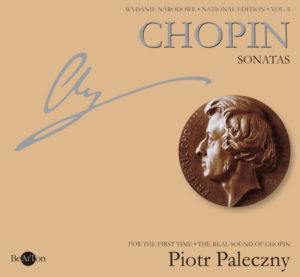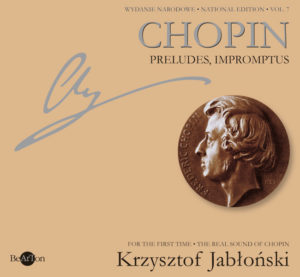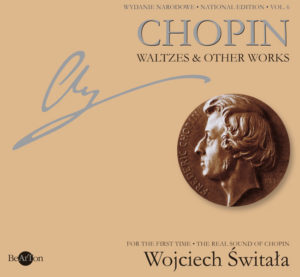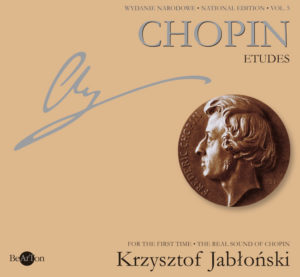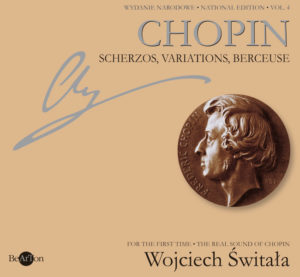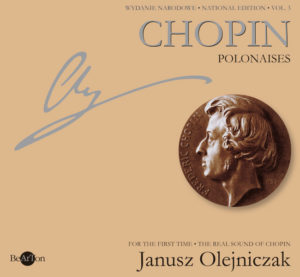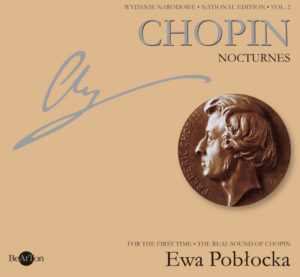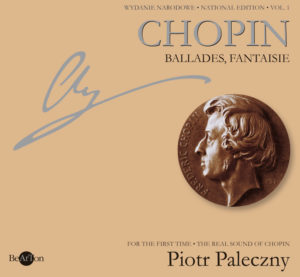Claude Debussy – Preludes
Claude Debussy – Preludia
Cat. No. CDB024/025
2 music discs: CD-AUDIO
Composer:
Claude Debussy
Performer:
Wojciech Świtała – fortepian
Set content
CD A
- Danseuses de Delphes – Delphic Dancers – 3’13”
- Voiles – Sails – 4’04”
- Le vent dans la plaine – The Wind on a Plain – 2’05”
- Les sons et les parfums tour nent dans l`air du soir – Sounds and Scents Revolve in the Evening Air – 3’49
- Les collines dĄnacapri – The Hills of Anacapri – 3’04”
- Des pas sur la neige – Steps on the Snow – 4’42”
- Ce qu`a vu vent d`Ouest – What the West Wind – 3’15”
- La fille aux cheveux de lin – The Girl with Flaxen Hair – 2’29”
- La serenade interrompue – The Interrupted Serenade – 2’26
- La Cathedrate engloutie – The Submerged Cathedral – 5’58”
- La Danse de Puck – Dance of Puck – 2’46”
- Minstrels – Minstrele – 2’35”
Total time CD A – 40’33”
CD B
- Brouillards – Fogs – 3’16”
- Feuilles mortes – Dead Leaves – 3’27”
- La puerta del Vino – The Gate of Wine – 3’12”
- Les fees sont d`exquises danseuses – Fairies are Excellent Dancers – 3’34”
- Bruieres – Heath – 2’48”
- General Lavine – eccentric – Eccentric General Lavine – 2’39”
- La tarrasse des audiences du clair de lune – Moonlight Reception Terrace – 4’39”
- Ondine – 3’26”
- Hommage a S.Pickwick Esq.P.P.M.P.C. – A Homage to Mr Pickwick – 2’38”
- Canope – Canopic Jar – 3’09”
- Les tierces alternees – Alternative Thirds – 2’29”
- Feux d`artifice Fireworks – 4’33”
Total time CD B – 39’55”
Total time – 80’28”
Prizes:
Listen a part
CD A
CD B
49.99złAdd to basket
© ℗ 2003 Bearton
Debussy`s Preludes
1.
Piano Preludes were written at the apogee of the composer’s creative capacity: Book 1 in 1910, Book 2 in ting and refining his previous experience in this field – mark the ultimate of his piano style. They were preceded by numerous single pieces and cycles, of which Images were the most important, and followed by two sets of Etudes and a suite for two pianos En blanc et noir. The 24 Preludes are the quintessence of Debussy’s music. They contain the most important features of personal style in the piano sound medium (similar concentrations occur in his other works: the opera Pelléas et Mélisande, orchestral Games and the chamber Sonata for flute, viola and harp). These features are: tonal language and harmonic in a unique synthesis, harmony of Romantic major and minor key with modalities, pentatonic scale and impressional atonality; basically small-motive melodic form, which often seems to be a harmonic function, at the same time marked with peculiarly French melodiousness, not avoiding subtle archaism and folkloristic stylization; a great variety of rhythms and tempos, from reflective and contemplative to orgiastic dance ones; consequently – a narration between the extremes of free flow and sharp, pulsating rhythm; and a maximum of texture variety, rich in piano music forms and figures. This style, so expressive, though it had developed quite long to reach its full individuality, the idioms of which we recognize immediately by a single motive, cadence or colour nuance, strikes one with a specific dialectics in moulding the form, characteristic of French art and mentality in general and substantially intensified in Debussy’s music: that of freedom and precision, fantasy and discipline, asymmetry and proportion, variety and uniformity, multiplicity and singularity. Let us pay a special attention to the truly classical economy in the composer’s dealing with motive as the basic form-building unit in the Preludes.

Wojciech Świtała
2.
When the thoroughly unique piano style of Debussy, culminating in the Preludes, is analysed in terms of the history of music styles, types and forms, it reveals its deep roots (thus confirming the obvious truth that the length and density of roots is also a measure of value of works of art). In the history of piano music, and keyboard music in a broader sense, the beginnings of which date back to the English virginalists from the turn of the 17th century, Debussy is the creator of the last magnificent style. Although plenty of interesting, valuable and innovative piano music was written after him (Ravel, Bartok, Szymanowski, Prokofiev, Milhaud, Poulenc), and Olivier Messiaen raised also his piano music to the heights of his genius (Twenty Looks upon the Infant Jesus), no one has attained such a great fullness in the synthesis of so different elements in the key bo ard technique and piano sound ever since. The first aspect of his rooting is the immersion in the trend called simply Klaviermusik by the Germans. Keeping this in mind, one may say that in this respect Debussy was preceded by 18th–century French composers of harpsichord music, Bach, Scarlatti, Beethoven, Schubert, Chopin, Schumann, Liszt, Brahms and Musorgsky – as successive links of the evolution. The composer himself typically quoted only one, but the greatest master and guardian angel of his creative work: Chopin.
And indeed, when we listen intently to the music of Preludes and get to the core of their narration, matter and form, these roots are the deepest ones and this spiritual kinship in the art of piano composition is the closest. All the more so, that Debussy’s piano playing, according to the reports of his contemporaries, was closest to Chopin’s own performance – its atmosphere of intimacy, rhythmic nuances, harmony, melody, colour, light and shade. In Debussy’s youth, some elderly people could have still remembered Chopin playing and he himself could have taken piano lessons from one of the Master’s students. Thus Chopin, the great “essentialist” in the history of music, a master of conciseness and condensation, and a genius for melodic and harmonic invention, is spiritually present in the Preludes as the epitome of ideal piano composition and through the very idea of a cycle of 24 Preludes arranged according to their tonality (which in turn refers us to Bach, Chopin’s ideal of com posing). Debussy abolished the old tonal or der in favour of new tonality and harmonics. When listening to the Preludes, in this thoroughly French music we can hear some subtle traces and delicate, intentional or unintentional signs of the Polish Master’s presence – in the nuances of harmonic progress, the structure of chords, the line of melodic phrase, the suspension of narration and the motion derived from Chopin’s rubato.

Claude Debussy
The other kind of his rooting is of aesthetic nature. The general style of Debussy’s music grows out of his native cultural tradition, of French mentality, artistry and art. Its most precious features, cherished and developed in the 16th and 17th and culminating in the 18th and 19th centuries, are: enlightening philosophical genius, subtlety–yielding poetic genius, aesthetically sublime sensuality or sensitivity to beauty, special inclination towards classical ideals of symmetry, proportion and harmonic form, as well as sophisticated taste in arts and life and the capability to foster good tastes, presence in literature, poetic and narrative imagination (firmly established since the 16th century), and the cultivation of various literary forms and genres. In this sense Debussy, whose composing genius breathed some fresh spirit into the Western music, is French to the core. The French sound expression derived from the melody and rhythm of the language permeates not only the opera Pelléas et Mélisande, which symbolically opens the 20th century in music. The substance of piano Preludes also seems to vibrate with the rhythm and resonance of the French tongue. Their author is perceived as an heir to the poetics of French music masters of the 18th century, the great epoch of pre-revolution culture – harpsichord music in the first place, but also cantata and opera.
3.
Imagination is the key word to explaining the music of the Preludes: creative, artistic imagination of a poet-composer; that of a poet, painter and musician; an “anti-dogmatic” imagination rather unhampered by rules and not surrendering to strict rigors; imagination cooperating with clear thought in the discovery and penetration of new realms of beauty, and widening the horizons of art. Imagination, as Debussy himself advised, should listen carefully to the voices of Nature, such as the blowing of the wind, the murmur of a stream or river current, the splash of waves…
It should be wide-open to the world – the visible, audible and touchable world of nature and culture, and sensitive about its manifold charms. It should affirm the sensory and phenomenal world reality. To imagination, impression should be the first and inrrefutable proof for the world’s existence (in which viewing and feeling of the world Debussy was closer to Proust). The 24 Preludes are masterpieces of exactly this kind of imagination.
Bohdan Pociej
Translation by Elżbieta Kowalewska
Reviews
Już pierwsze dźwięki pierwszego Preludium {…} mówią o tym, że Wojciech Świtała zamierzał – wraz z realizatorem nagrania Zbigniewem Kusiakiem – osiągnąć nową jakość w fonografii: brzmienie instrumentu jest krągłe, niezbyt bliskie, zlewające się w ciepłe barwy, a przy tym klarowne, pozwalające na czytelne operowanie szczegółami. Cel ten osiągnięto – fortepian {…} brzmi bardzo szlachetnie, a intencje interpretacyjne Świtały nie budzą wątpliwości. Należy się cieszyć, że dwanaście lat po fascynującym nagraniu Preludiów przez Krystiana Zimermana {…} inny polski pianista wydaje w polskiej wytwórni wersje estetycznie odmienną, lecz nie mniej interesującą i bardzo piękną.
Wojciech Świtała – znakomity polski pianista młodego pokolenia – po wielkim sukcesie, jakim były jego nagrania w serii Wydania Narodowego i nagraniu Sonat skrzypcowych Brahmsa {…} wykonał daleki krok w stronę muzyki współczesnej, ale pierwszy raz zaskakując tak głęboką wszechstronnością
Wojciech Świtała , jeden z najlepszych, najinteligentniejszych i najwrażliwszych polskich pianistów , wykonuje Preludia w sposób głęboko przemyślany a zarazem swobodny. Całkowicie inaczej brzmią utwory , w których odnaleźć można fascynacje jazzem – Minstrele czy Ekscentryczny generał Lavine , inaczej zaś pełne niepokojącej poezji – Mgły czy Zatopiona Katedra.
Od kilku lat o Wojciechu Świtale znowu jest głośno, a to za sprawą bardzo dobrych płyt. Preludia Debussy’ego, impresjonistyczne miniatury, doskonale odpowiadają jego delikatnej i wysublimowanej pianistyce. Jest w niej coś bardzo osobistego, uwodzącego. Nastrój, wyciszenie, świadome odrzucenie wirtuozerii. Świtała woli szept od krzyku, skupienie od napięć. Artysta delektuje się dźwiękowymi niuansami, ujawniając maksimum ich walorów dynamicznych i kolorystycznych. Świtała odnalazł “swojego” Debussy’ego, ale przede wszystkim odnalazł swój styl i brzmienie. A to w dzisiejszych czasach zdominowanych przez prześcigające się “bezduszne automaty” bardzo dużo.

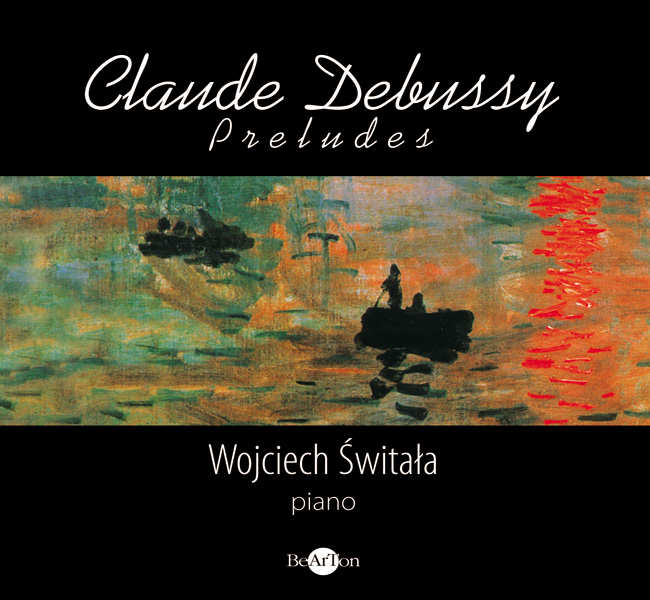
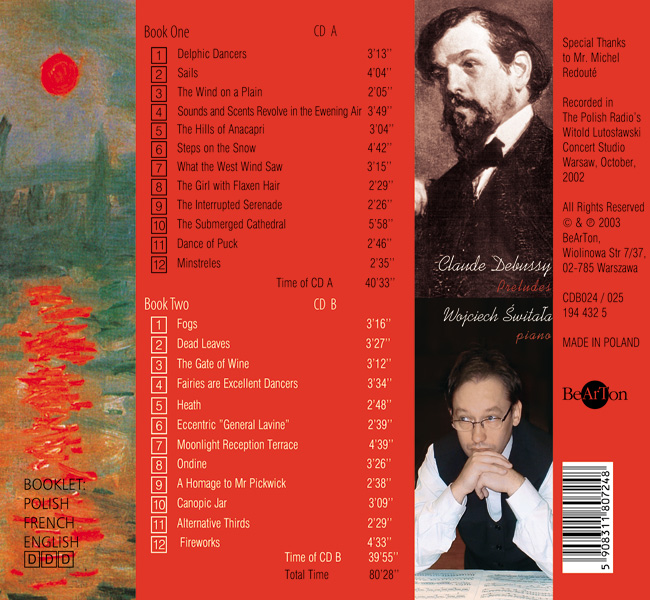


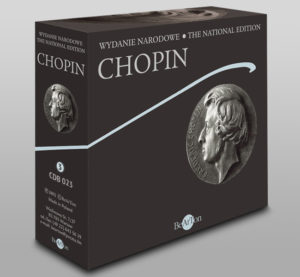
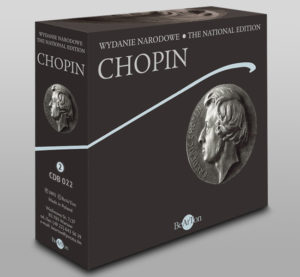
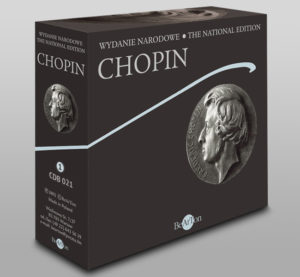
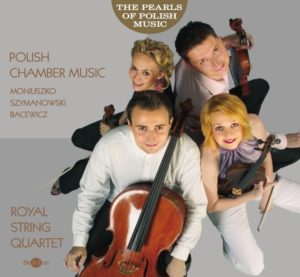
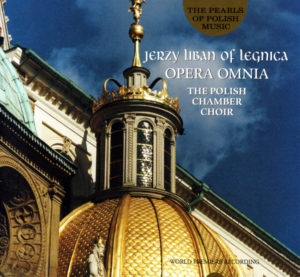
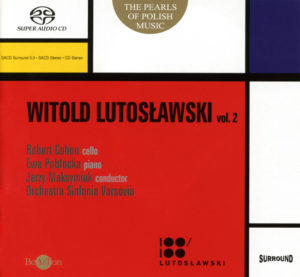
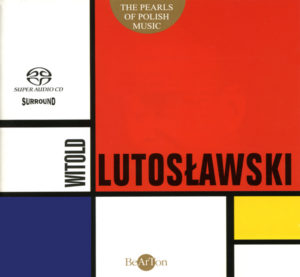
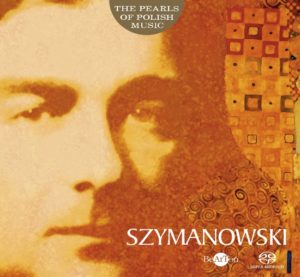
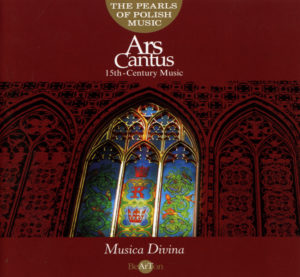
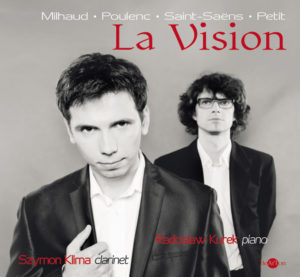
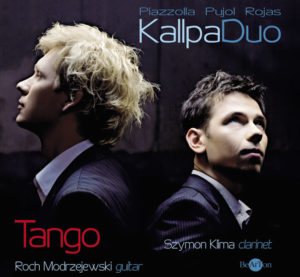
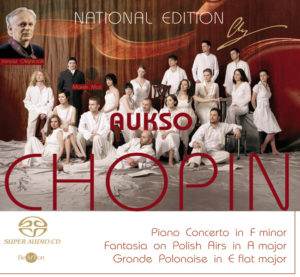
![Chopin – Walce [B] i inne utwory CDB047](https://www.bearton.pl/wp-content/uploads/Chopin-Walce-B-i-inne-utwory-CDB047-A-300x277.jpg)
![Chopin – Pieśni [B] CDB046](https://www.bearton.pl/wp-content/uploads/Chopin-Piesni-CDB046-A-300x277.jpg)
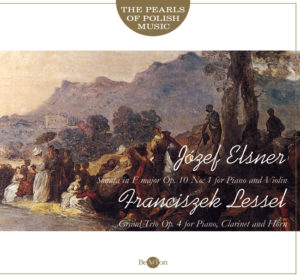

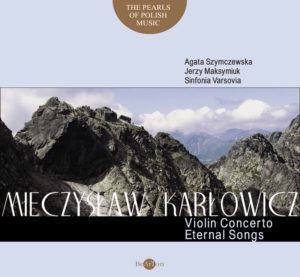
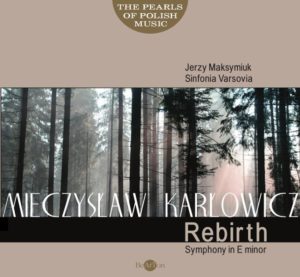
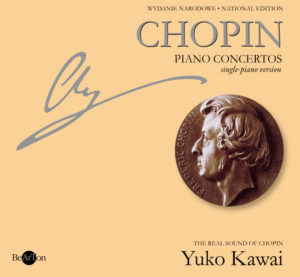
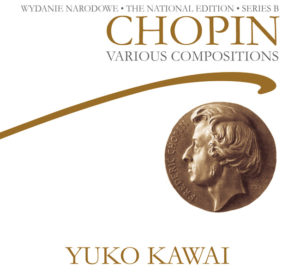
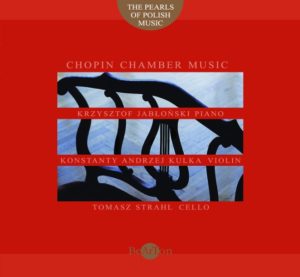
![Chopin - Mazurki i inne utwory [B] CDB038](https://www.bearton.pl/wp-content/uploads/Chopin-Mazurki-i-inne-utwory-B-CDB038-A-300x277.jpg)
![Chopin – Polonezy [B] CDB037](https://www.bearton.pl/wp-content/uploads/Chopin-Polonezy-B-CDB037-A-300x277.jpg)
